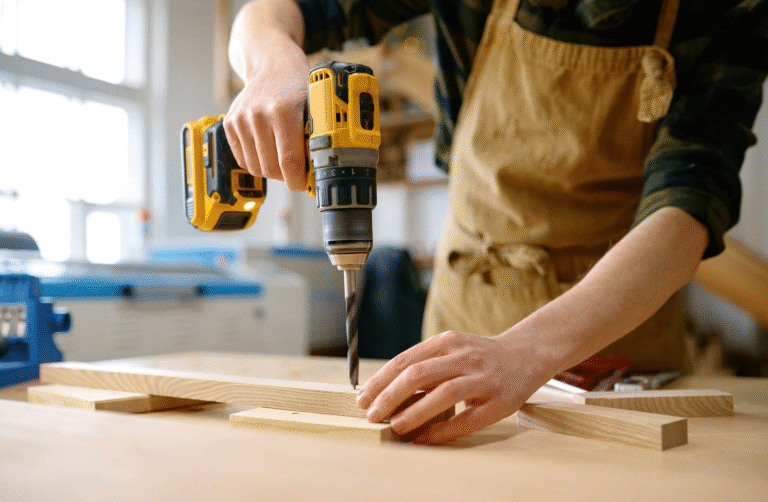
Accelerated Design Iteration with Digital Twins
The integration of digital twins into the injection molding process is revolutionizing prototype creation. A digital twin is a virtual representation of a physical product, allowing engineers to simulate the entire molding process before a single piece of plastic is injected. This means designers can test different designs, materials, and process parameters virtually, identifying potential issues like warping, sink marks, or short shots early in the design phase. This drastically reduces the number of physical prototypes required, saving both time and money. The ability to test various scenarios quickly allows for much faster design iteration, leading to a more refined and optimized final product.
Additive Manufacturing’s Synergistic Role
Additive manufacturing, or 3D printing, is proving to be a powerful complement to injection molding in the prototyping stage. While injection molding is ideal for high-volume production of consistent parts, 3D printing excels in rapid prototyping, enabling quick creation of complex geometries and custom designs that would be difficult or impossible with traditional methods. Many companies now use 3D printing to create initial prototypes to test form, fit, and function before committing to the expense of injection molding tooling. This hybrid approach blends the speed of 3D printing with the precision and scalability of injection molding, accelerating the overall prototyping cycle.
Advanced Materials: Expanding Design Possibilities
The development of new, high-performance materials is expanding the possibilities for injection molding prototypes. Materials with enhanced properties like improved strength-to-weight ratios, greater durability, and superior thermal or electrical conductivity are becoming increasingly accessible. These advancements enable the creation of more sophisticated and robust prototypes, allowing for more realistic testing and evaluation under real-world conditions. This reduces the need for multiple iterations to achieve the desired material performance, accelerating the design process.
Micro-Injection Molding: Precision at a Smaller Scale
Micro-injection molding is a technique that allows for the creation of extremely small and intricate parts. This technology is particularly beneficial for prototyping miniature devices, medical implants, and microfluidic systems. The ability to produce highly detailed prototypes at this scale allows for earlier evaluation of critical features and functionalities, minimizing the risk of errors further down the line. This advancement streamlines prototyping for industries requiring high levels of precision and miniaturization.
Automation and Robotics: Streamlining the Workflow
The incorporation of automation and robotics into injection molding is significantly speeding up the entire process. Automated systems can handle tasks such as material handling, mold changing, and part ejection with greater efficiency and speed than manual processes. This reduction in manual labor translates directly to faster turnaround times for prototypes, enabling designers to receive feedback and iterate on their designs much more quickly. Robotic systems also enhance consistency and reduce the potential for human error, leading to higher quality prototypes.
Software Advancements: Predictive Modeling and Simulation
Sophisticated software tools are revolutionizing the way engineers design and simulate injection molding processes. These programs utilize advanced algorithms to predict various aspects of the molding process, including filling patterns, cooling rates, and potential defects. This predictive capability enables engineers to optimize the design and process parameters before physical production, reducing the need for trial-and-error iterations. This results in a more efficient and cost-effective prototyping process, accelerating time to market.
Sustainable Practices in Rapid Prototyping
Growing environmental concerns are driving the adoption of more sustainable practices in the injection molding industry. This includes the use of recycled materials, reduced energy consumption through process optimization, and the development of biodegradable plastics. By incorporating these sustainable practices into the prototyping phase, companies can not only reduce their environmental footprint but also demonstrate a commitment to corporate social responsibility. This shift towards sustainability also facilitates the development of more eco-friendly products.
Multi-Material Injection Molding: Complex Prototypes Made Simple
The ability to mold multiple materials in a single injection cycle is significantly advancing prototype capabilities. Multi-material injection molding allows for the creation of parts with varied properties and functionalities within a single component. This opens new avenues for design innovation, enabling the creation of prototypes with integrated features and functionalities that were previously only achievable through complex assembly processes. This approach simplifies the prototype process and provides engineers with greater flexibility in materials selection and design possibilities. Please click here about rapid injection molding prototyping








